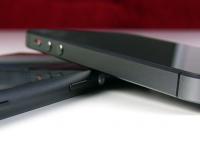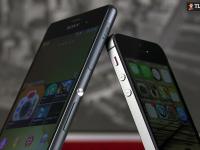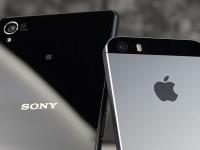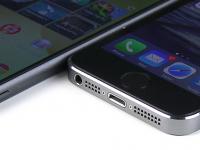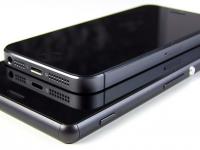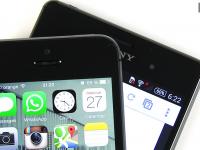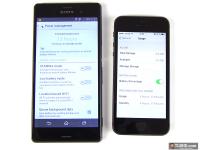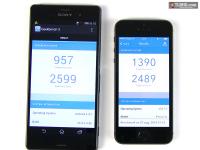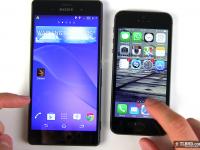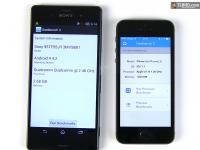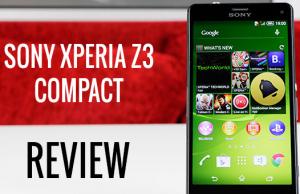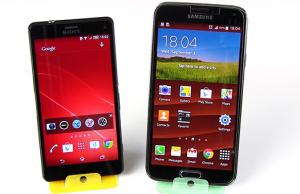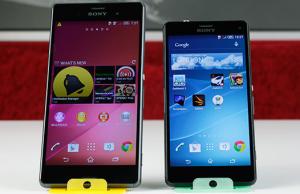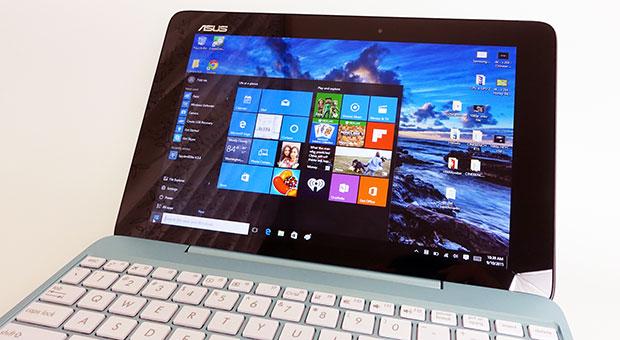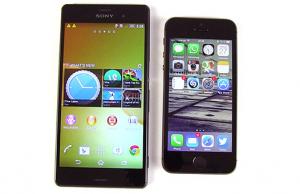Hey everyone, Mike here and in this post we’re having the Sony Xperia Z3 next to the iPhone 5S.
We’re going to keep this short, as the iPhone 5S is not the Apple handset the Xperia Z3 will have to compete with in the next months, that place is reserved by the soon to be launched iPhone 6. But if you’re considering moving from the iPhone 5S to the Xperia Z3, here’s what you should know.
First of all the Z3 is huge compared to the iPhone and heavier as well, so you’ll need some time to get used to the size difference. Because of it, the Xperia is difficult to use single handedly, unless you have gigantic hands, while on the iPhone most users can easily cover its screen with their thumb. But having a big display on your phone has plenty of advantages, especially when it’s as good as the Triluminos IPS panel on the Z3, that is actually a fair match for the iPhone’s screen.
These aside, there’s no doubt the iPhone 5S is one of the best looking and best built handsets out there, but the Xperia is not a slacker either, with its glass covered front and rear faces, sandwiching the completely metallic edges. And unlike the iPhone, the Z3 is IP58 certified, waterproof and dust-resistant, but also offers a pair of front facing speakers, while the iPhone only settles for a single speaker placed on its lower edge. The 5S does get one feature that’s not available on the Sony flagship, the TouchID home button with the integrated fingerprint sensor, which you’ll really appreciate once you’ll start using it.
Of course, choosing between the iPhone and this Z3 means choosing between the iOS and Android experiences and ecosystems. Each camp has its fair share of pros and cons, we’re not going to get in depth here. All I can say is that most of you will be able to get along fine with either of them, as long as you don’t need particular features or applications that are only available in only one camp.
The Xperia Z3 packs a much beefier hardware platform than the iPhone, and 3 times the amount of RAM. But these two handsets are both very snappy in everyday use, so you shouldn’t care much about these differences, although there are moments when you’d want more RAM on the 5S. At the end of the day though, these can run all sorts of apps and deal with any kind of tasks, from basic activities to watching movies and running games, and that’s what actually matters.
Sony’s smartphone tends to outlast the iPhone on each charge though, but with average use, both get me through two days of use, which is not bad. Of course, the Z3 does packs a way bigger battery than the iPhone, so there’s no wonder it tends to last longer. The batteries are encased on both handsets BTW, so there’s no way to swap them for new ones when really needed, like with other phones.
Last but not least we should address the cameras. On paper, the iPhone’s main shooter might not seem much, with an 8 MPx average sized sensor. In practice, the 5S delivers a solid experience in most conditions, even in dimmer light. The Z3 packs a larger sensor, a more complex camera interface and a lot of different camera modes, including the ability to take 4K videos. And as long as you keep the shooter on manual, it delivers solid results. If you don’t want to mingle with settings each time you take a shot and turn to the Intelligent Auto+ mode, the results might not be as good as expected though.
I cannot show you samples for the time being though, as I’ve tested a pre-production version of the Xperia Z3 and results might be misleading. I will however update this section as soon as I can get my hands on a final release version.
To sum this up, if you plan on moving from the iPhone 5S to one of the current Android flagships, the Xperia Z3 really is one of your best options right now, with a sleek and sturdy design, an impressive IPS display, powerful hardware, fast software, long battery life and a capable camera.
If you however consider choosing your next phone between these two by any chance, well, I can’t necessarily say one is better than the other. They are different in many ways and can meet different needs, so you should ask yourself what do you want: a compact device, or something with a big screen, and then work your way on from there.
So, which of these two is your favorite? Make sure to leave your replies below and don’t forget to hit that Thumbs Up button on your way out. Thanks a lot for watching and I’ll see you in the next one. Later.

